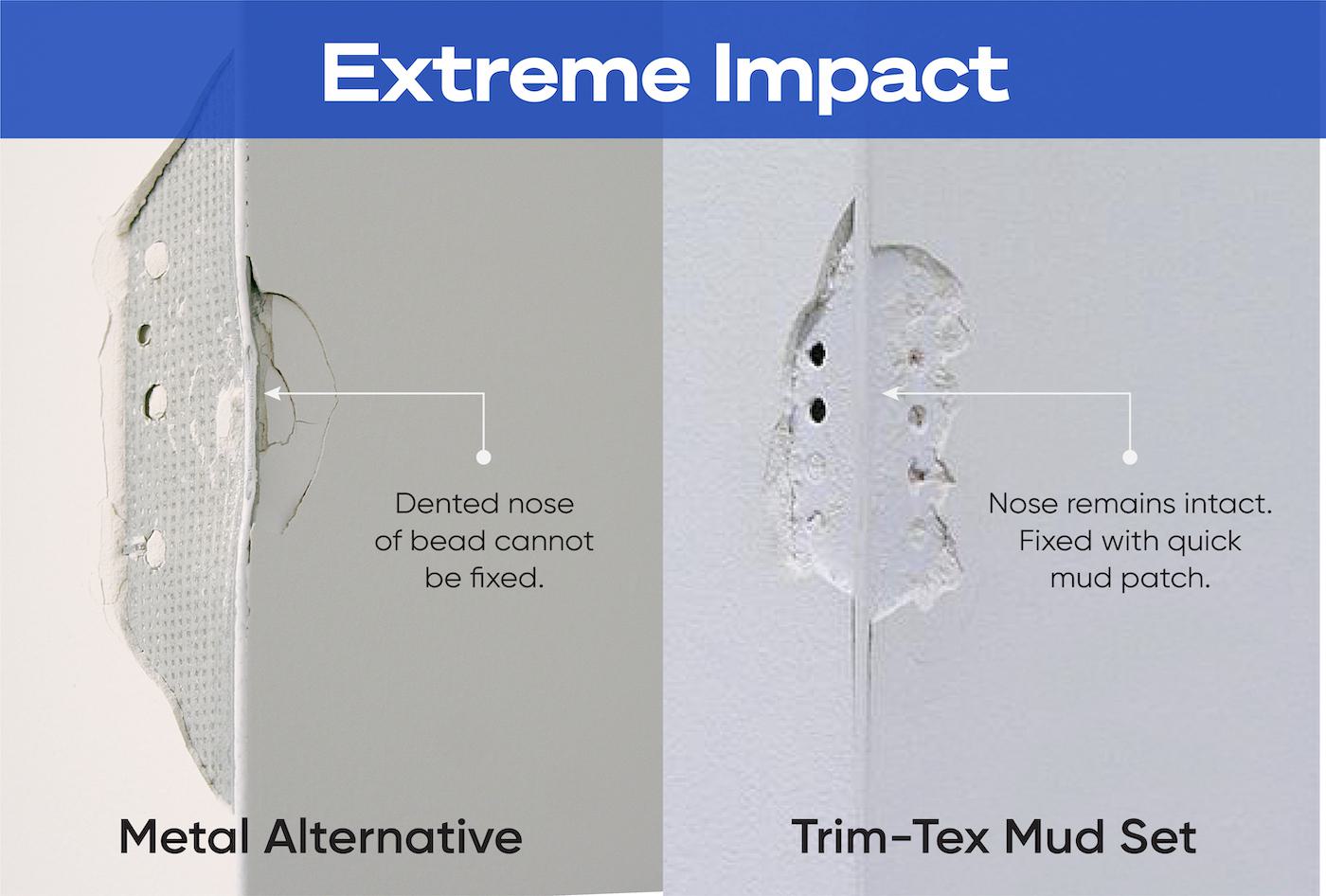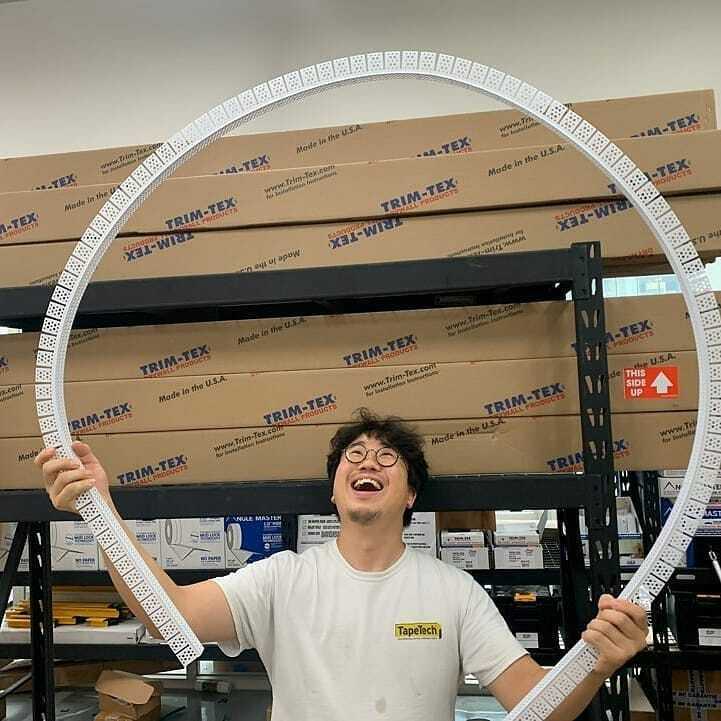In the drywall finishing industry, there’s a long-running debate — vinyl or metal corner bead? Of course, drywall corners need more than just a little protection to withstand the impacts of daily life, which is why corner bead is so important. But what material do you choose to provide that protection? (Bonus points if you can save some money and some labor in the process.) We’ve been manufacturing vinyl corner beads for over 50 years, so we might be a little biased on this debate. But talk to a lot of drywall pros, and they’ll tell you there are definitely many benefits of using vinyl corner bead over metal.
In this article, we’ll dig into just a few of those benefits, and why they should matter to you and your business.






